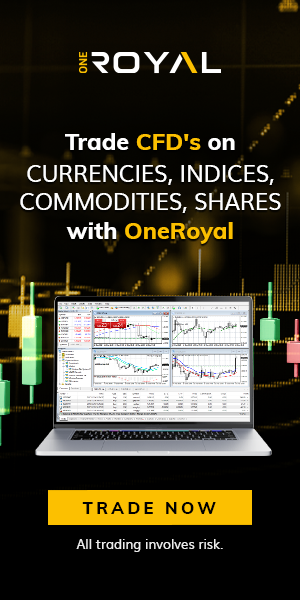A range occurs when a currency pair’s price moves sideways between two levels over a period. These levels are known as support (the lower boundary) and resistance (the upper boundary).
During a ranging market, prices oscillate within this confined space without forming a clear upward or downward trend. This behavior indicates a balance between buyers and sellers.
In This Post
Identifying Ranging Markets
To spot a ranging market, traders look for repeated bounces between support and resistance levels. This pattern suggests that the price lacks a definitive direction.
Utilizing technical indicators like the Relative Strength Index (RSI) can help identify overbought or oversold conditions within the range.
Range Trading Strategies
Range trading involves capitalizing on price movements within the established support and resistance levels. Here are some common strategies:
Buying at Support and Selling at Resistance
Traders buy when the price reaches the support level and sell at the resistance level. This approach relies on the assumption that the price will continue to oscillate within the range
Using Oscillators
Indicators like RSI or Stochastic Oscillator can signal overbought or oversold conditions, aiding in entry and exit decisions within the range
Implementing Tight Stop-Loss orders
Since ranges can eventually break, it’s essential to use stop-loss orders to manage potential losses
Advantages of Ranges Trading
Frequent Opportunities
Range-bound markets offer multiple trading opportunities as prices bounce between support and resistance levels.
Simplicity
The strategy is straightforward, making it accessible for traders of all experience levels
Disadvantages of Range Trading
Limited Profit Potential
Since the price moves within a confined space, profit margins can be smaller compared to trending markets
Risk of Breakouts
Markets can break out of ranges unexpectedly, leading to potential losses if not managed properly.
Conclusion
Understanding and identifying ranges in forex trading is essential for traders aiming to capitalize on sideways markets. By employing appropriate strategies and risk management techniques, traders can navigate ranging markets effectively. However, it’s crucial to remain vigilant for potential breakouts and adjust strategies accordingly.



